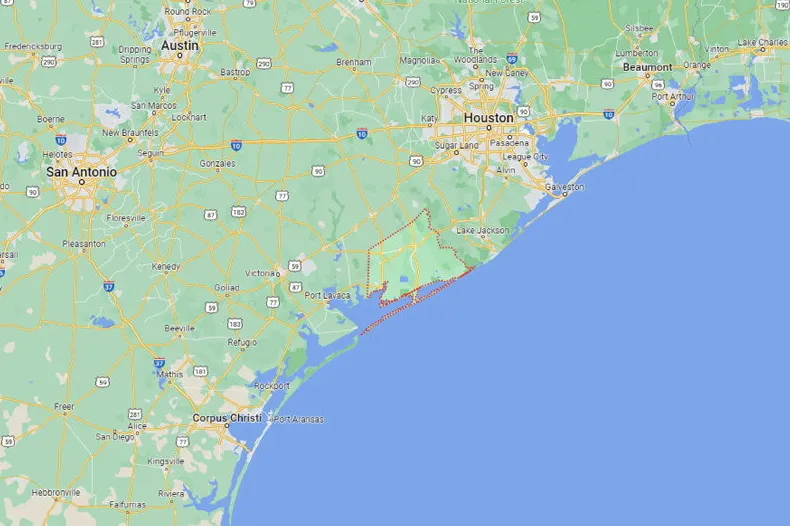HIF Global gets green light to build world's largest e-fuels facility in Texas — with 1.8GW of green hydrogen production
Environmental permit means construction can go ahead in 2024 on plant that will produce enough e-gasoline to decarbonise 400,000 petrol cars
